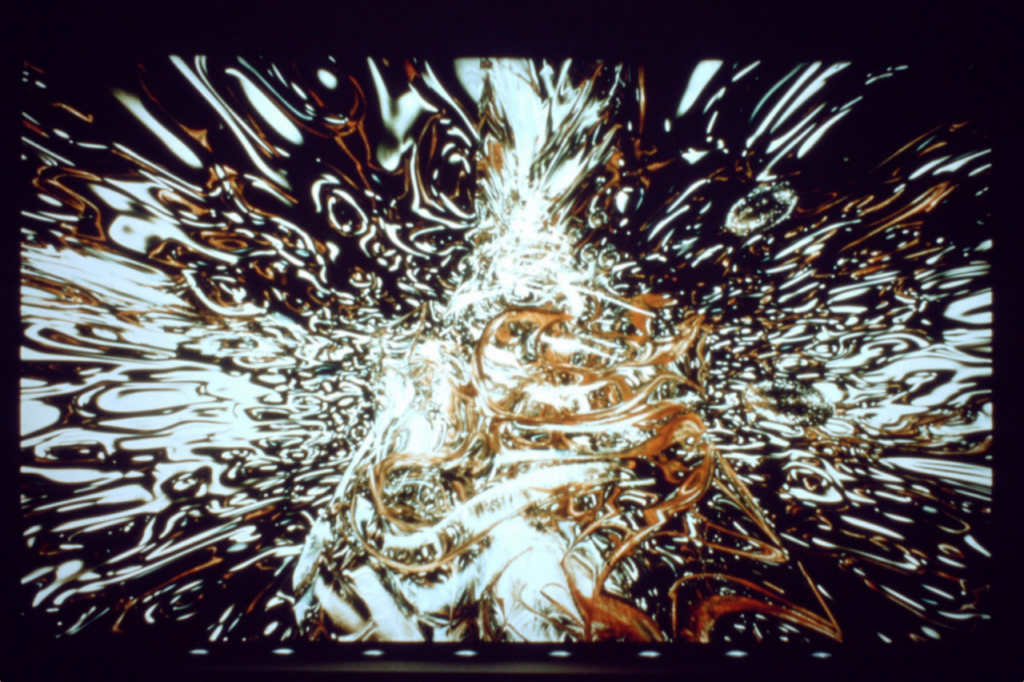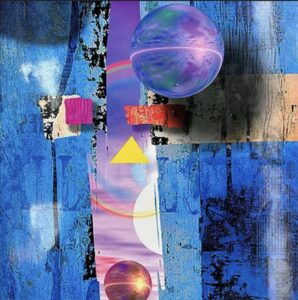
Beyond the Notes presents
Folio + Phantasma
featuring Relâche Ensemble
Tuesday, November 7, 2023, 12:00 PM
Charles Library Event Space
Light refreshments served. Boyer recital credit given.
All programs are free and open to all, and registration is encouraged.

In recognition of National Epilepsy Awareness Month, Beyond the Notes presents a performance by Relâche Ensemble of Cynthia Folio’s When the Spirit Catches You, a work exploring life from the perspective of one who suffers from seizures. Alongside this piece will be two original pieces by the Phantasma Trio in collaboration with student dancers expressing health and healing through dance improvisations. Ahead of the concert, let’s take a closer look at When the Spirit Catches You and what inspired Cynthia Folio to write it.
Cynthia Folio’s daughter Lydia had experienced seizures her whole life and was diagnosed with Tuberous Sclerosis Complex at a very young age, but as a child she was never able to explain what was happening to her. Eventually Dr. Folio, then professor of music studies at Temple, came across a collection of books by Harvard Neurologist Dr. Steven Schachter on the experiences of people living with epilepsy. Finally she had some insight into what her daughter experienced on a regular basis. Reading these books was so inspiring to Dr. Folio that she decided to use her commission from Relâche Ensemble to write a piece that “expresses what it feels like to have a seizure and captures the emotions of epilepsy.”1
What is Epilepsy?
According to the Epilepsy Foundation, epilepsy is the world’s fourth most common neurological disorder, meaning it is caused by a dysfunction in the brain or nervous system. The word “epilepsy” simply means “seizure disorder” and does not describe the cause or severity of the condition. There are many different causes, and it can develop at any time. Lydia’s specific condition, Tuberous Sclerosis Complex (TSC), “is a rare genetic disease that causes non-cancerous (benign) tumors to grow in the brain and several areas of the body.”2 Seizures are one of the most common symptoms of TSC, alongside cognitive difficulties, behavioral problems, and Autism Spectrum Disorder. According to the National Institute of Health, “Some people with TSC are able to lead independent, productive lives, while others have symptoms that can affect everyday life and even be life-threatening.”3 For more information about Epilepsy, you can read more here, here, and here.
Epilepsy in Art and Non-Fiction
When Dr. Folio reached out to Dr. Schachter to ask permission to use quotes from his books in her new composition, he informed her of an upcoming book of his that featured art and writings by artists with epilepsy. Upon hearing this, she decided to add a visual element to the piece and reworked some of her music to better match the artwork.

Isabelle Delmotte, the artist who created the above image in a multimedia installation called “Epileptograph,” is one of the artists featured in Dr. Schachter’s book. An artist and researcher from New Zealand, Delmotte’s work intersects with media and epilepsy, including work on representations of people with neurological disorders onscreen and artistic work such as “Epileptograph.” As Delmotte wrote of the work in the book, referencing her own experience with epilepsy, “This particular project will always be in progress as it has helped me to develop a physical awareness and an emotional knowledge of my own physical and emotional condition.”4
The title of Dr. Folio’s work comes from a similarly titled work of non-fiction, The Spirit Catches you and You Fall Down by Anne Fadiman. Winner of the National Book Critics Circle Award, Fadiman details the struggles of a Hmong family from Laos trying to get treatment for their daughter’s severe epilepsy as immigrants to California. Born in 1982, Lia Lee started suffering seizures when only a few months old. Her parents took her to the hospital and treatment followed. But the Lee family’s mistrust of western medicine, along with the American doctors’ inability to understand their beliefs about medicine and the severe language barrier, presented barriers to Lia’s treatment. Cultural misunderstandings on both sides resulted in a tragic outcome, leaving the reader to wonder how Lia’s fate might have been different under better circumstances. The New York Times book review described the book thus:
It is a tale of culture clashes, fear and grief in the face of change, parental love, her doctors’ sense of duty, and misperceptions compounded daily until they became colossal misunderstandings. It has no heroes or villains, but it has an abundance of innocent suffering, and it most certainly does have a moral.
Melvin Konner, “Take Only as Directed,” New York Times Book Review, Oct. 19, 1997
When the Spirit Catches You…
Just as the piece centers on Lydia and her subjective experience, so too does her voice feature prominently throughout the piece. The listener hears her recorded voice reading passages from Schachter’s work. The composition is written in three sections: the aura, meaning the period of time when one has the sense a seizure might happen; the seizure itself, when one is nearly unconscious; and the post-ictal period, meaning the recovery period when one is often disoriented. Each section has a distinct musical character to match the feeling of each stage. Dr. Folio has noted that Relâche’s proficiency in improvisation was a factor in her composition, and she included improvised sections in the piece to represent to the unpredictability of seizures.5 Finally, the piece is accompanied visually by projections of artwork by artists living with epilepsy.

We hope you will join us on Tuesday, November 7 to experience this unique multimedia work and honor artists and people living with epilepsy.
By Dan Maguire and Becca Fülöp
References:
Fadiman, Anne. The Spirit Catches You and You Fall Down: A Hmong Child, Her American Doctors, and the Collision of Two Cultures. New York : Farrar, Straus and Giroux, 2012.
Folio, Cynthia. The Inspiration from my Child’s World: An Interview with Cynthia Folio, PhD, n.d. https://www.epilepsy.com/stories/inspiration-my-childs-world-interview-cynthia-folio-phd.
Folio, Cynthia. “AES Hoyer Lecture 2011.” 2011. https://www.youtube.com/watch?v=ed33frlomKc&t=2965s.
Schachter, Steven C. Visions: Artists Living with Epilepsy. Amsterdam: Academic Press, 2003.
- https://www.epilepsy.com/stories/inspiration-my-childs-world-interview-cynthia-folio-phd ↩︎
- https://www.ninds.nih.gov/health-information/disorders/tuberous-sclerosis-complex ↩︎
- https://www.ninds.nih.gov/health-information/disorders/tuberous-sclerosis-complex ↩︎
- Steven C. Schachter. 2003. Visions: Artists Living with Epilepsy. San Diego, Calif: Academic Press. ↩︎
- https://www.relache.org/innovationandhope ↩︎